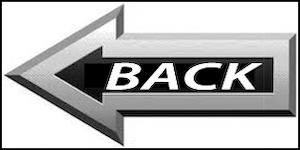 This curve shaped instrument could be considered the first clear predecessor of the tuba and the euphonium. Although they might seem like very different instruments, they have things in common such as their so called conical tube shape, the use of a mouthpiece and the fact that they both play a bass role in ensembles.
This curve shaped instrument could be considered the first clear predecessor of the tuba and the euphonium. Although they might seem like very different instruments, they have things in common such as their so called conical tube shape, the use of a mouthpiece and the fact that they both play a bass role in ensembles.The earliest known document dating the invention of the serpent is Mémoires Concernant l'Histoire Civile et Ecclésiastique d'Auxerre (1743). In this document, the abbot Jean Lebeuf attributes its invention to the canon Edmé Guillaume: “He found the secret of giving the shape of a snake to a cornet, around 1590. It was used for his home-concerts, and as it was improved it became very commonly used within the big churches”. While this might be the only source that gives us a precise date, we can consider that previously there were already instruments of a similair nature such as the Bass and Tenor Cornetto, used at the dawn of the Italian Renaissance in cities like Venice. In a footnote to the Lebeuf document, it is added: "If we believe in an account of the factory of the Cathedral of Sens of the year 1453, the serpent was already known at that time."
 Different designs of Tenor and Bass Cornetto (16th century). Collection of the Museum of Music (Paris).
Different designs of Tenor and Bass Cornetto (16th century). Collection of the Museum of Music (Paris). W. Schmidt Military Serpent (ca. 1805). The Metropolitan Museum of Art (New York).
W. Schmidt Military Serpent (ca. 1805). The Metropolitan Museum of Art (New York). F. Pretty Military Serpent (ca. 1840) and a copy by Christopher Monk on its left.
F. Pretty Military Serpent (ca. 1840) and a copy by Christopher Monk on its left.


